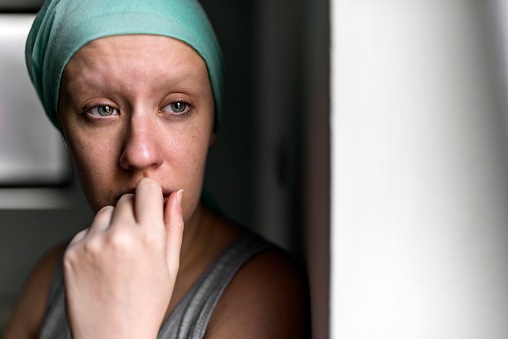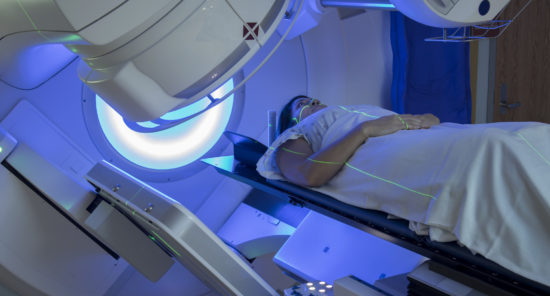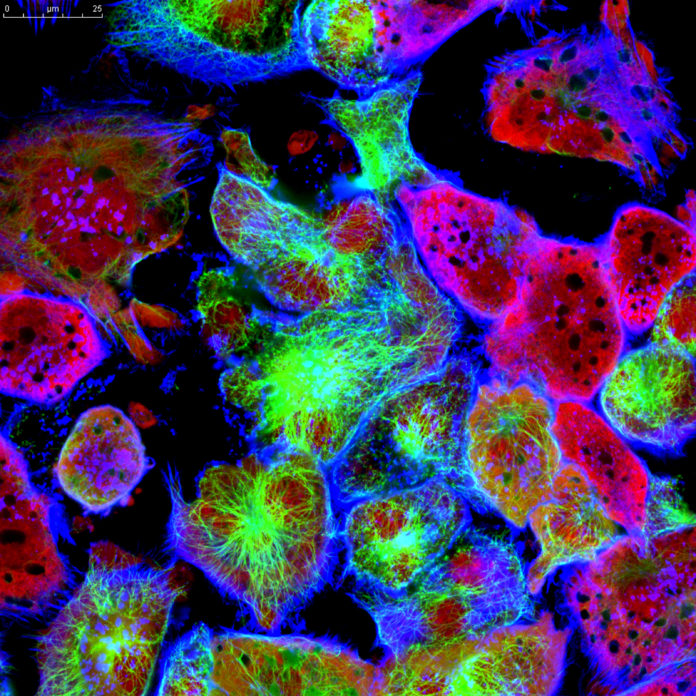A study published in the Journal of the American College of Radiology found that although all racial groups had improved outcomes with digital breast tomosynthesis (DBT) screening, Black women are screened less frequently than white women.
DBT in combination with digital mammography (DM; combination referred to as DBT for this study) is becoming the preferred imaging modality for breast cancer screening. Researchers assessed whether there were any racial differences in screening practices.
Researchers retrospectively analyzed data from 63 U.S. breast imaging facilities from 2015 to 2019. Screening outcomes were linked to cancer registries to compared performance rates across racial groups. The study included a total of 385,503 women who underwent 542,945 DBT and 261,359 DM screenings.
A lower proportion of screenings for Black women were performed using DBT (44%) compared with “other” (48%), Asian (63%), and white (61%) women. Non-white women were less likely to undergo more than one mammographic exam.
Recall rates were lower for DBT among all women (8.74 vs. 10.06; P<0.05) and lower across all race and age categories. Recall rates were significantly higher for women who only underwent one mammogram. Cancer detection rates were similar or higher in women undergoing DBT compared with DM alone overall (4.73 vs. 4.60; P=0.0005) and by age and race. Positive predictive value for recall was greater for DBT overall (5.29 vs. 4.45; P<0.0001) and by age, race, and screening frequency.
“These data suggest that reducing inequities in DBT utilization may improve the effectiveness of breast cancer screening,” the researchers concluded. “Low screening frequency and underutilization of DBT in Black women indicate a need for improved educational strategies to facilitate regular screening.”
Link: https://www.jacr.org/article/S1546-1440(21)00006-5/fulltext









